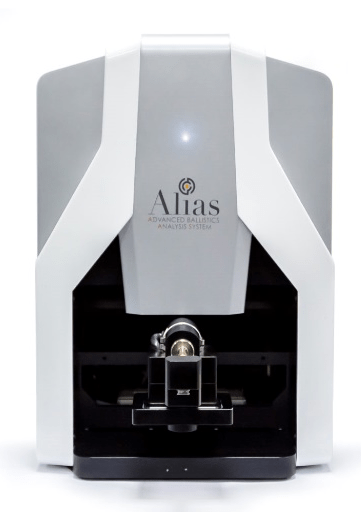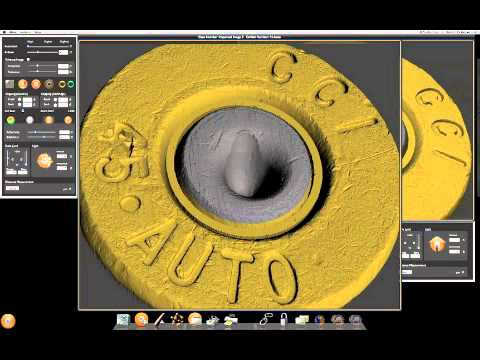The latest inventions in forensic ballistics, unraveling hidden evidence and empowering justice. Explore cutting-edge techniques and technologies revolutionizing firearm analysis in crime investigation.” Let`s more information on forensic ballistics in modernized form.
Gunshot Audio Forensics Datasets:
Audio evaluation of gunshots is based on the commentary that the content material and great of gunshot recordings are influenced by utilizing firearm and ammunition kind, the scene geometry, and the recording tool used. The Gunshot Audio Forensics Dataset is a set of personal information files collected as a part of NIJ supply 2016-DN-BX-0183. Data were collected in the summer of 2017 in rural Arizona. Each of the twenty firearms was recorded from every of twenty different positions on 4 exclusive recording gadgets. The dataset includes about 10,000-person gunshot recordings. Every firearm was recorded from twenty exceptional positions (yellow superstar, pink circle, green triangle). The shooter was positioned on the red triangle and shot closer to the indicated target. Firearms used here: high standard recreation King [.22LR, Pistol], S&W 34-1 [.22LR, Revolver], Ruger 10/22 [.22LR, Carbine], Remington 33 Bolt-motion Rifle [.22LR, Rifle], and so on.
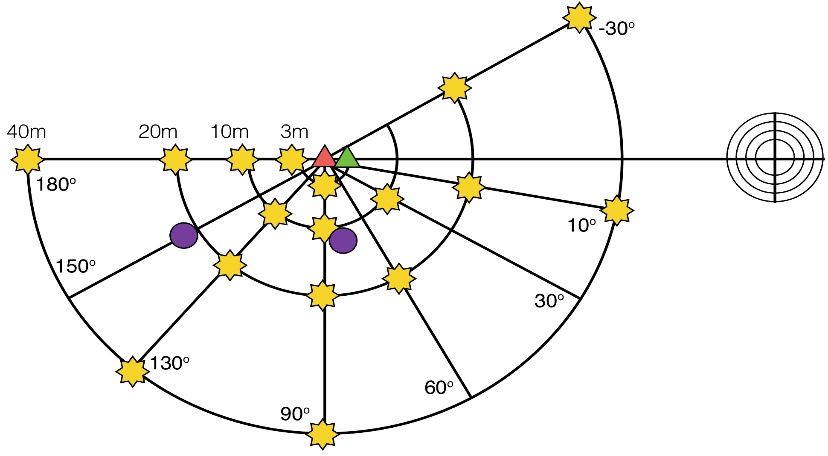

3D Imaging of Firearms Toolmarks:
The benefit of 3D imaging is that it enables high-repeatability, high-definition scans of a sample’s true surface topography, which is crucial for database searches during the investigative phase. Although the use of 3D pictures to rank samples in a database versus crime scene evidence is now commonplace, optical comparison microscopy is still the preferred method for determining whether two samples were indeed shot from the same handgun. Using a conventional 2D light microscope, a researcher can compare two samples side by side and determine whether they were fired from the same weapon. To highlight similarities and contrasts in the tool marks, the examiner often modifies the lighting conditions. These lighting fluctuations are problematic because they can negatively impact the 2D representations of tool marks, which is harmful to computer-based comparisons that need reproducible measurement information. With 3D pictures, the information provides precise measurements and digital depictions of the topography of the surface. This 3D data may be compared by algorithms and examiners and is more repeatable and insensitive to lighting conditions than conventional 2D photos. Furthermore, similar to traditional comparison microscopy, virtual comparison microscopy software enables an examiner to compare 2D representations of 3D surface data on a computer. The Chicago-based Cadre Research Labs, established by Ryan Lilien, is a pioneer in the development of high-definition 3D forensic firearms imaging equipment. The laboratory has led the way in the development of 3D virtual comparison of bullets and cartridge casings using cutting-edge scanning technology, which has been made possible by several National Institute of Justice awards.
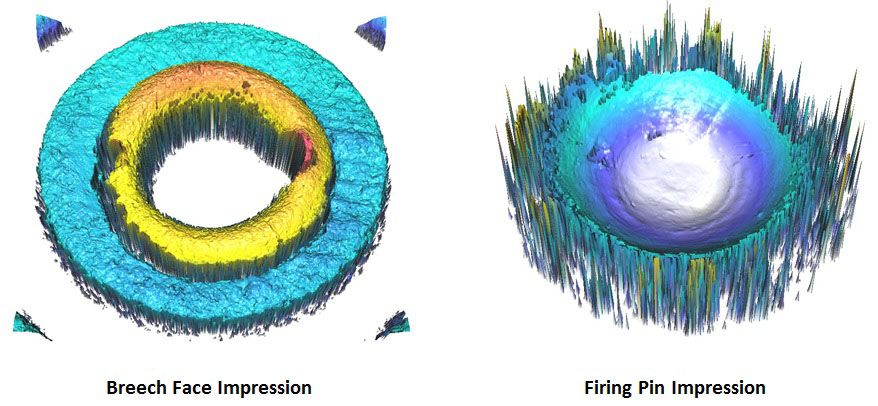
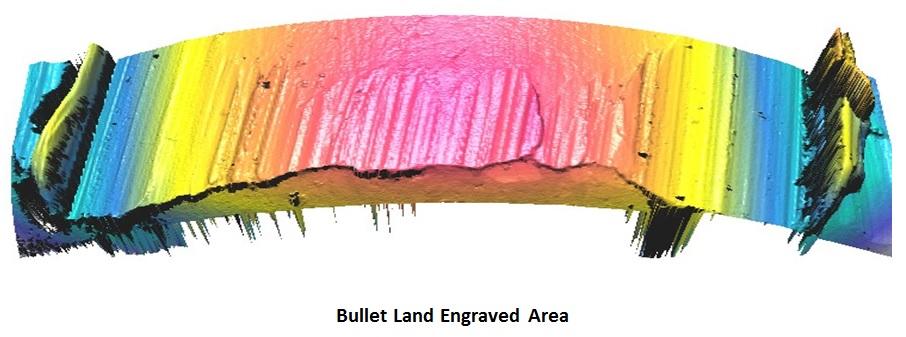
Quantum 3D Microscope:
Firearm and tool mark identification is changing, and now 3D measurements are needed to back up professional judgments with scientifically valid procedures. The Quantum S1 model records the chamber markings on cartridge cases, the press marks on pills and tablets, and other tool marks on small objects like fired bullets. This microscope contrasts bullets from a recognized source with those from unidentified evidence. Here, the RBL Graph graphically illustrates the degree of shared source similarity. Visual comparisons between matching and non-matching circumstances are made using the RBL approach.
The characteristic features are:
• Up to six objects can be compared side-by-side at once;
• The focus is always on the surface and shape;
• The hairline can be moved across overlapped photos;
• The view can be either horizontal or vertical.
• Sectional line profiles display accurate topography, and they can overlap, move, and rotate in locked or free modes.
• Visual upgrades draw attention to the marks.
• The similarities are aligned by the bullet best match assistance, and options for surface reflectivity and simulated illumination are available.
• Comparative annotations.
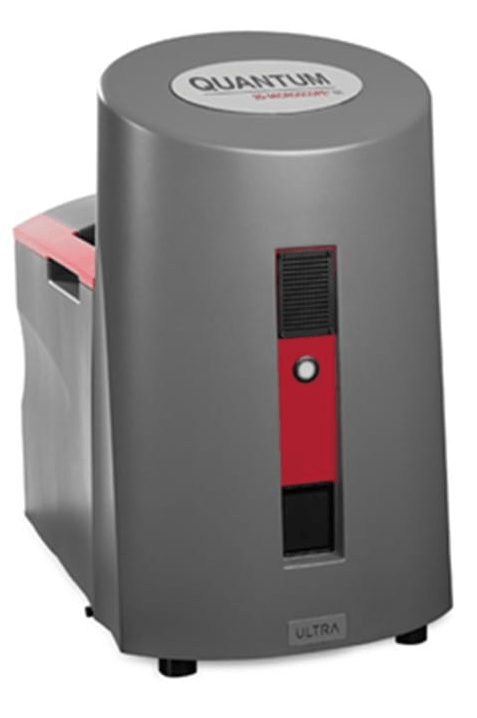

ALIAS Technology:
ALIAS creates visually stunning 3D photographs of cartridge cases and bullets before offering strong tools for analysis that make use of axis orientation, topographically sensitive colorization, and customizable light sources. The company’s product pipeline will now incorporate exclusive image-processing technology developed by Forensic Pathways’ multidisciplinary team of professionals in computer science, optics, mathematics, and photonics. The world’s best application-specific interferometer, manufactured in Switzerland, collects ALIAS image data, which is then processed using a cutting-edge 64-bit processor and application architecture to quickly define 3D data using patented techniques and approaches. Criminal and commercial intelligence software developed by Forensic Pathways is patented in Europe, the United States, and Australia. Top-tier security agencies including EUROPOL, New Scotland Yard, as well as several other security organizations and private firms around Europe, are among the company’s diversified clientele.
